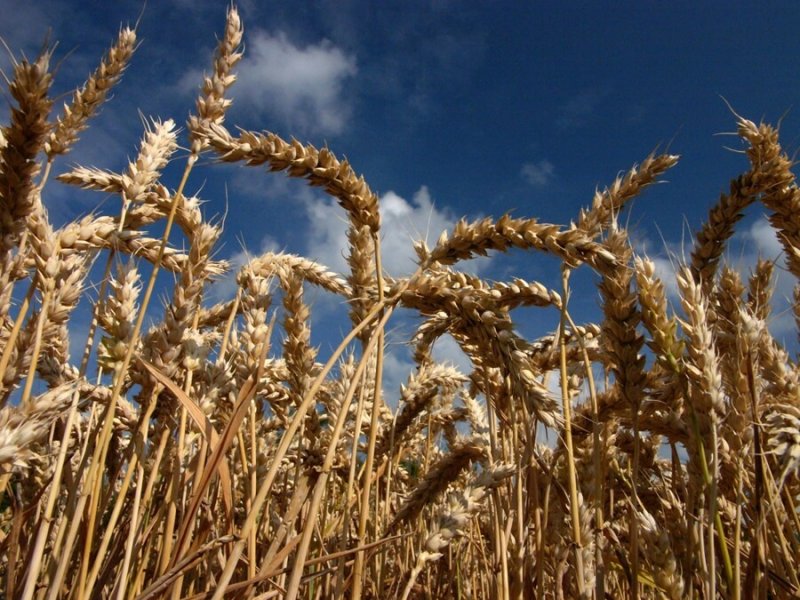Scientists from the International Wheat Genome Sequencing Consortium reported a draft sequence of bread wheat’s genome, or genetic blueprint, in Science. With this genetic information in hand, researchers said that efforts to improve bread wheat, a crop that feeds 30% of the human population, through conventional breeding and genetic engineering could be greatly accelerated. Wheat researchers are currently working to produce new varieties of bread wheat that are high-yielding and resilient to threats like climate change and disease.
“This is a game-changer,” Jorge Dubcovsky, a wheat researcher at the University of California, Davis, who is not in the sequencing consortium, told Nature. “It will accelerate all the projects to identify important agricultural genes.”
Researcher Frédéric Choulet explained the genome sequencing in a video released by the French National Institute for Agricultural Research and available with a Washington Post report:
The research efforts to sequence bread wheat, or Triticum aestivum‘s genome began in 2011. The task is daunting; the genome contains about 124,000 genes, about five times the size of the human genome. Today’s bread wheat evolved from multiple rounds of hybridization between different species, adding to the complexity of the genome. “Wheat essentially combines three grasses in one genetic package,” journalist Jennifer Frazer wrote in an article for National Geographic.
The project has cost $68 million so far, according to Kellye Eversole, executive director of the International Wheat Genome Sequencing Consortium. About half of the genome has been sequenced in this draft, and it will take another estimated $16 million to complete the project. “All the genes are understood in the right order along their respective chromosomes, but still missing is the genes’ orientation and the sequences of the regions between the genes,” Frazer wrote.
Although the researchers only have a draft, the findings represent a “very significant advancement,” according to Eduard Akhunov, associate professor of plant pathology at Kansas State University who was involved in the project.
“For the first time, [wheat researchers] have at their disposal a set of tools enabling them to rapidly locate specific genes on individual wheat chromosomes throughout the genome. This resource is invaluable for identifying those genes that control complex traits, such as yield, grain quality, disease, pest resistance and abiotic stress tolerance,” Akhunov said. “They will be able to produce a new generation of wheat varieties with higher yields and improved sustainability to meet the demands of a growing world population in a changing environment.”
Wheat breeders like Scott Haley at Colorado State University have already begun using the data since they became available from a public repository last year. “People have asked me if this effort is really worth it,” Haley said. “I mean, come on. We absolutely have to have this information for wheat — it’s such an important food crop.”
Bread wheat is grown on more than 531 million acres around the world and produces nearly 700 million tons of food each year, according to Akhunov. The crop provides 20% of the world’s calories and researchers are facing pressure to develop more high-yielding varieties in order to meet the needs of a growing population. Genome sequencing has already proved invaluable for improving other major crops like corn and rice, both completed in 2009 and 2002.
“Human civilization rests on a small handful of crops, all of which were developed with much more stable weather conditions than we see now,” Patrick Schnable, an Iowa State University professor who worked on the genome sequencing of corn, told the Washington Post. “In a world with climate change, we need to help those crops adapt quickly.”
And researchers need the genome sequence of a crop to produce new varieties quickly. “I was told by a breeder that it was the single most valuable thing the government has ever done for them,” Schnable said.
“Knowing what genes are on which chromosomes will allow us to accelerate breeding by putting the right genes into the right wheat populations,” Eversole said. “In the long term, this means more rapid progress for wheat.”
Additional Resources:































